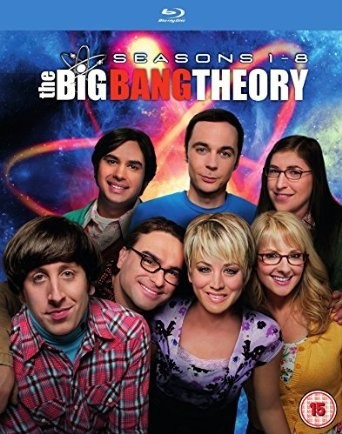
Good Grief. Sometimes I really do wonder if we should make Americans prove they have at least a basic understanding of world history before they’re allowed to cast a vote. A few days ago I posted a link to a Facebook post along those lines written by Mike Rowe. If you missed it, I strongly suggest you click that link to read what he has to say. Because if the results of a poll recently published by the Victims of Communism Memorial Foundation are even remotely accurate, we are in very bad trouble.
Here are a few quotes from their press release:
- Approximately one in four Americans (26%) – and one-third of millennials (32%) — believe more people were killed under George W. Bush than Joseph Stalin.
- Many millennials are unfamiliar with communist leaders – [Mao] Zedong: 42%; [Che] Guevara: 40%; Stalin: 18%; Lenin: 33%; Putin 18%.
- Of those millennials familiar with Vladimir Lenin, 25% have a favorable view of him.
- 64% of Americans agreed with the classic Karl Marx statement that underpins Marxist philosophy: “from each according to his abilities, to each according to his needs.”
Historians estimate the total number of people murdered by communist regimes in the 20th century at about 100,000,000. Count those zeros. When it comes to genocide, the Nazis were amateurs compared to the communist regimes, some of which are still around today.
How can so many Americans not know this? If it comes as a surprise to you, for goodness sake, educate yourself. And this seems like a good time to quote George Santayana, from his Reason in Common Sense, Vol 1:
Those who cannot remember the past are condemned to repeat it.



